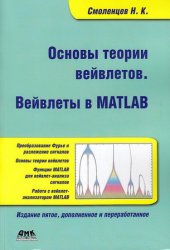 Название: Робочий зошит з хімії учня 7 класу
Название: Робочий зошит з хімії учня 7 класуАвтор: О.А. Іванащенко, І.Г. Михайлова, А.В. Путніков
Изд-во: УВЦ "Школяр"
Год: 2011/2015
Формат: pdf
Стр.: 112+16(дод.)+32(практ. роботи)
Язык: українська
Размер: 52.9 Мб
Робочий зошит з хімії для учнів 7 класу складений відповідно до програми з хімії для загальноосвітніх навчальних закладів. Навчальний матеріал подається у вигляді опорних конспектів, таблиць, самостійних робіт та лабораторних дослідів.
Зошит-конспект призначений для самостійної роботи учнів і для роботи під керівництвом вчителя. Мета посібника – допомогти вчителю в організації навчальної діяльності школярів так, щоб збільшення частки самостійної праці учнів на уроках приводило до розвитку їх вмінь і навичок.
























